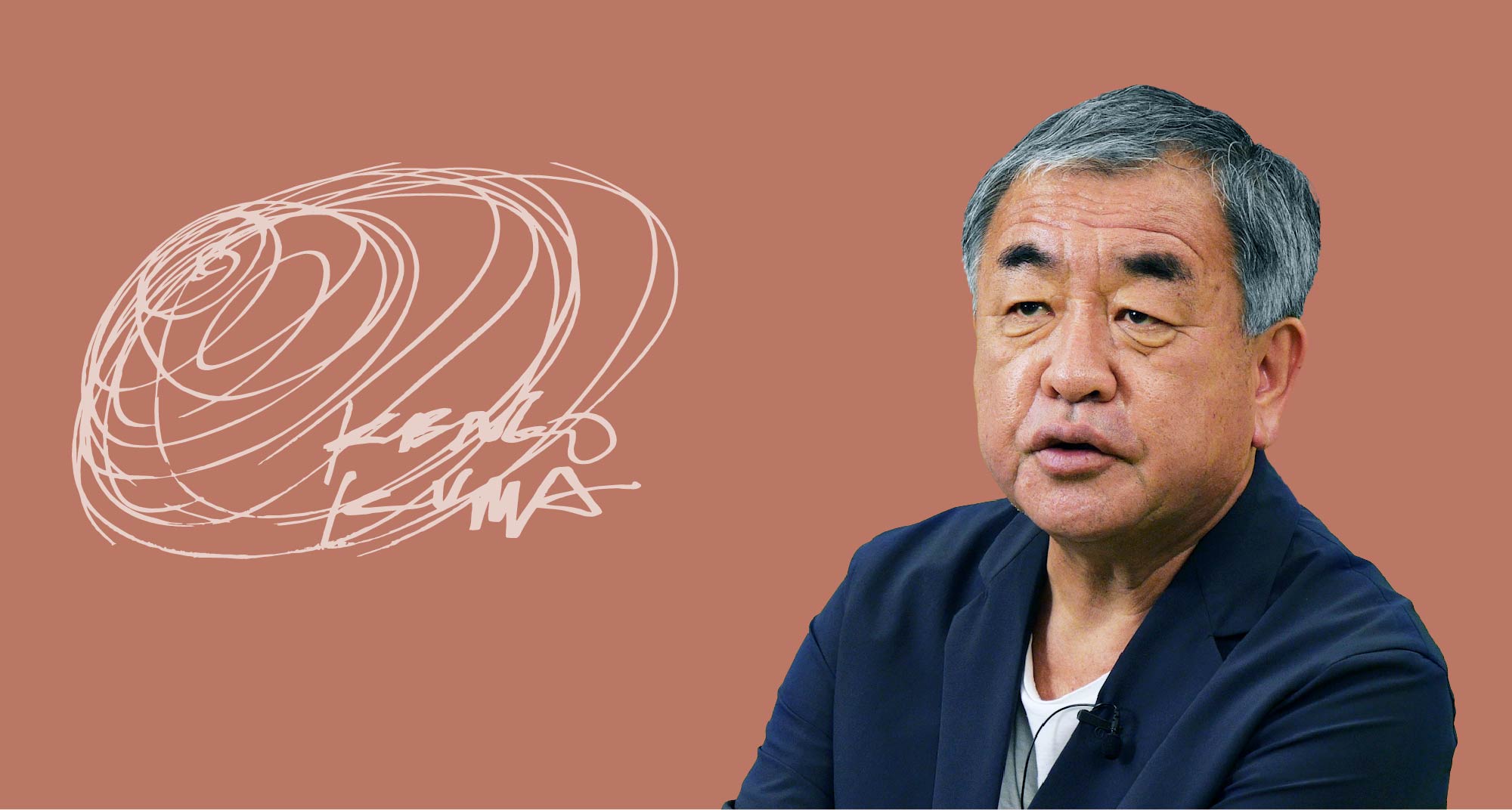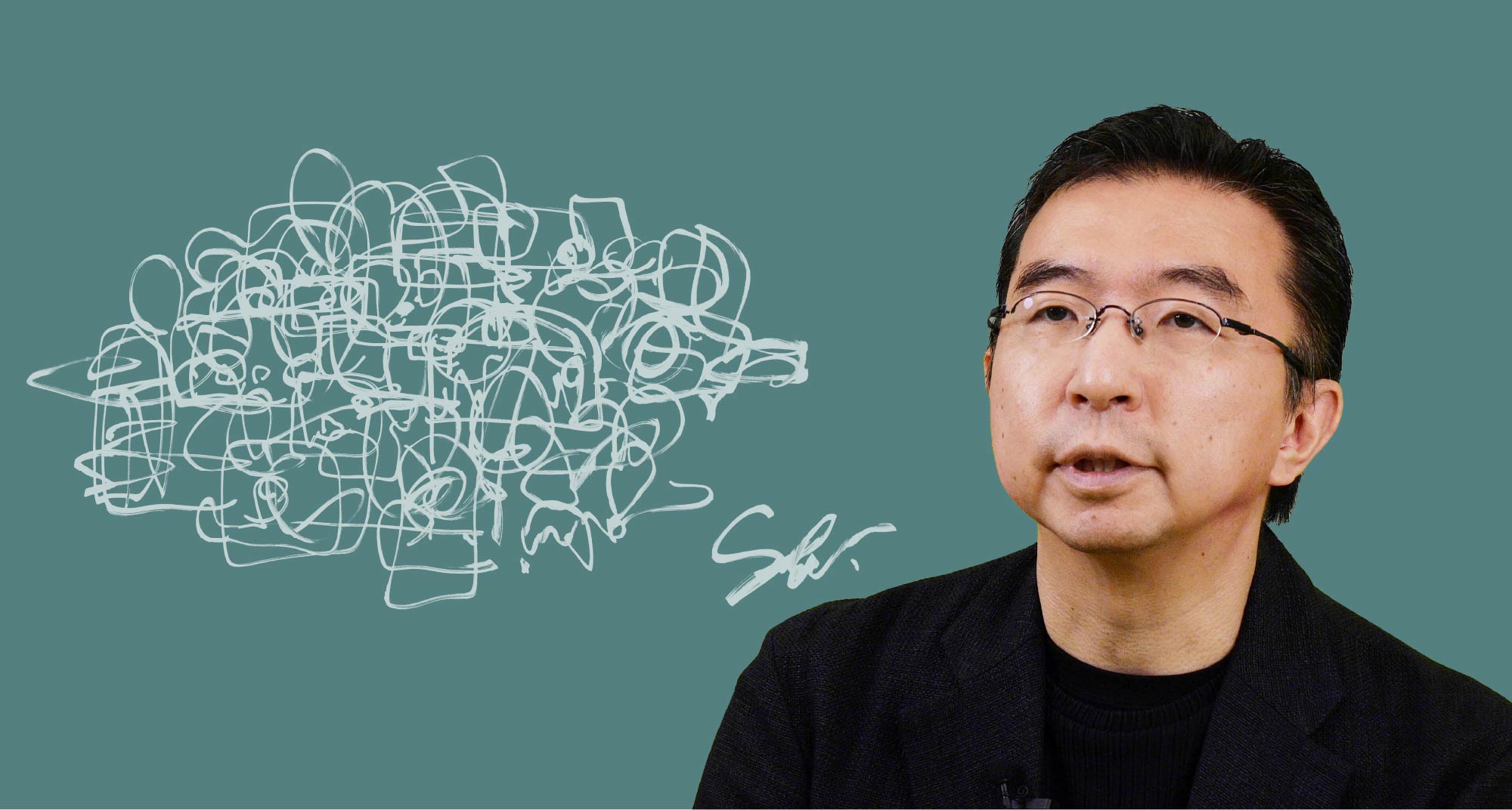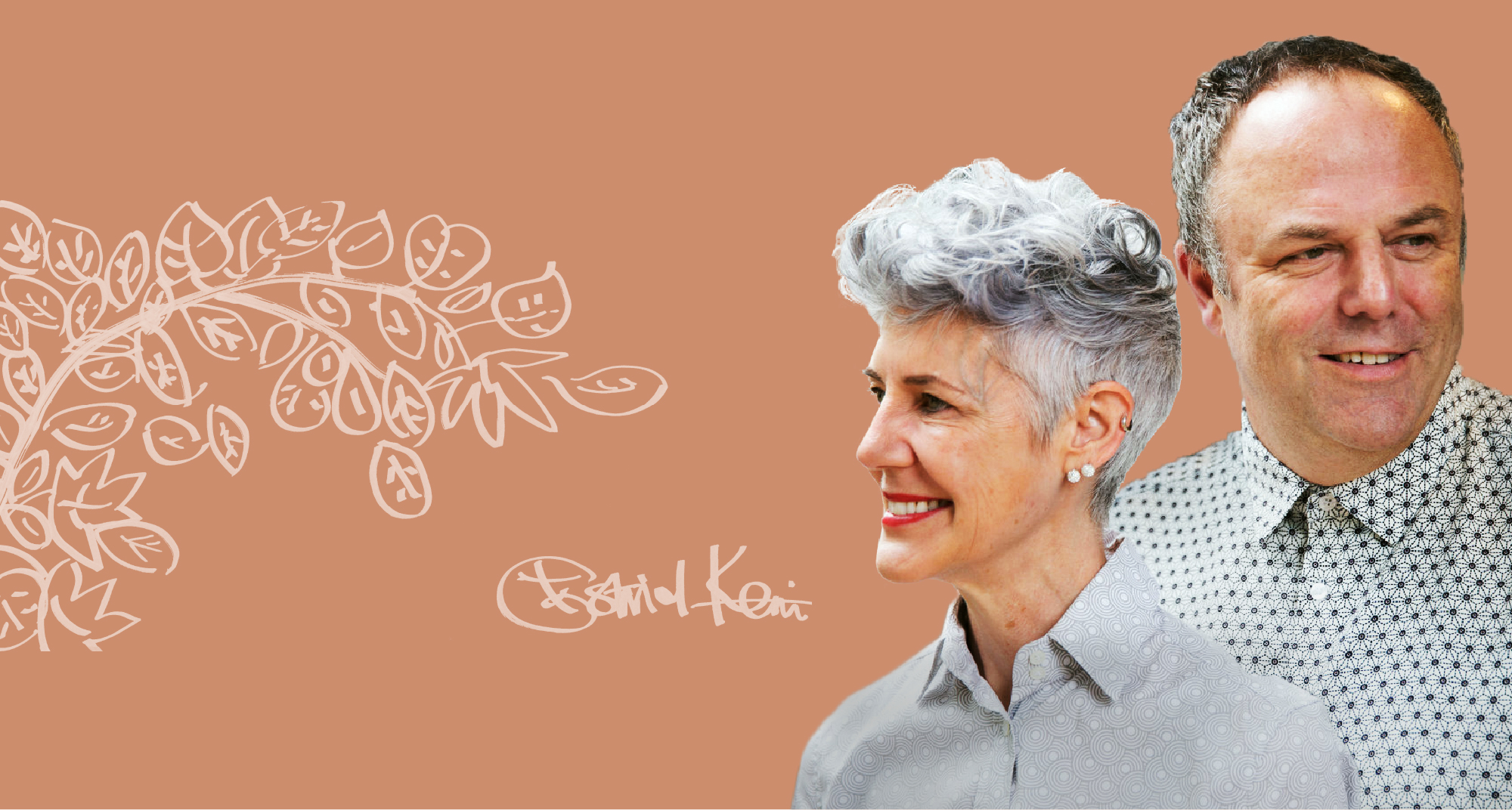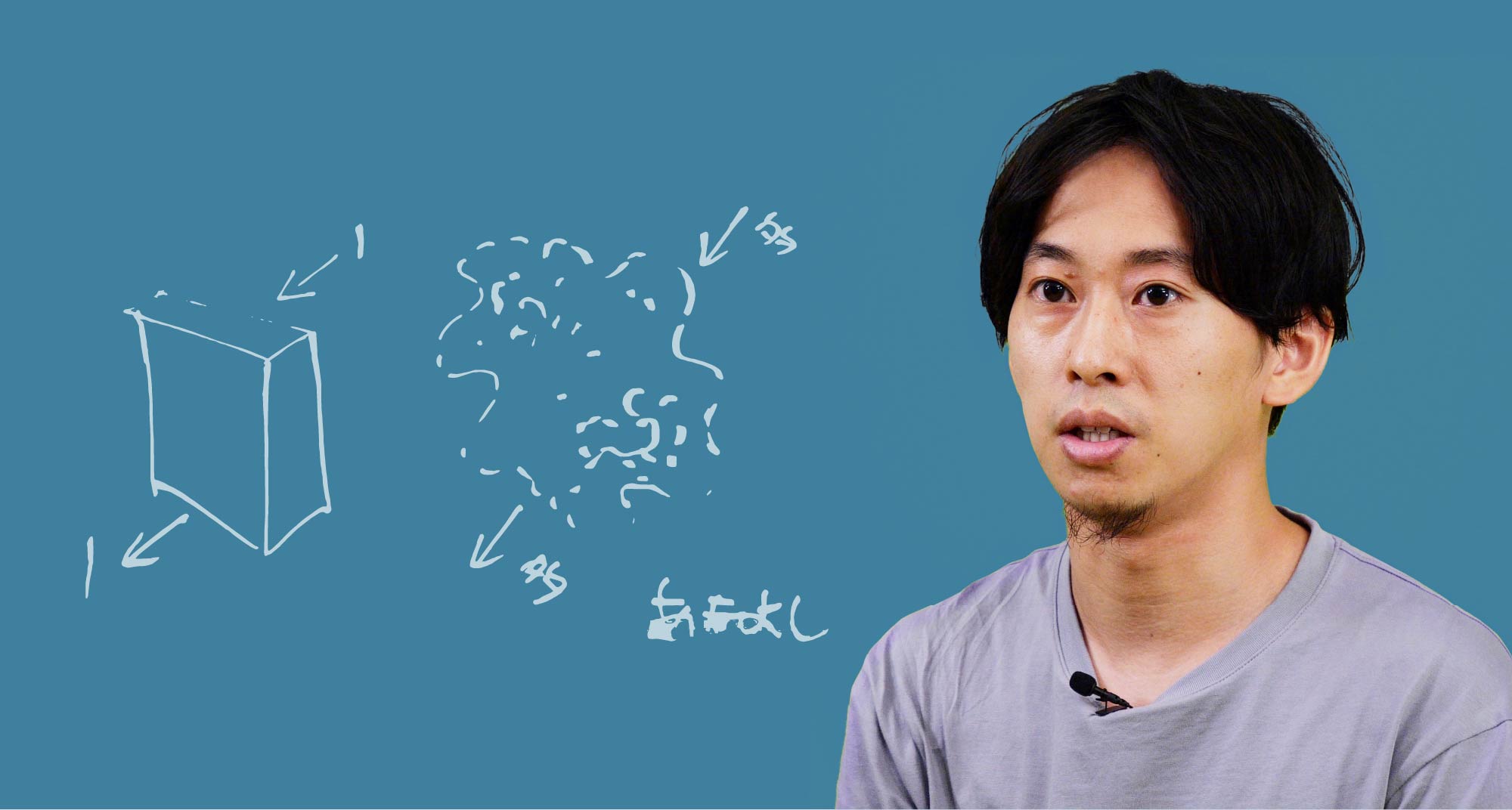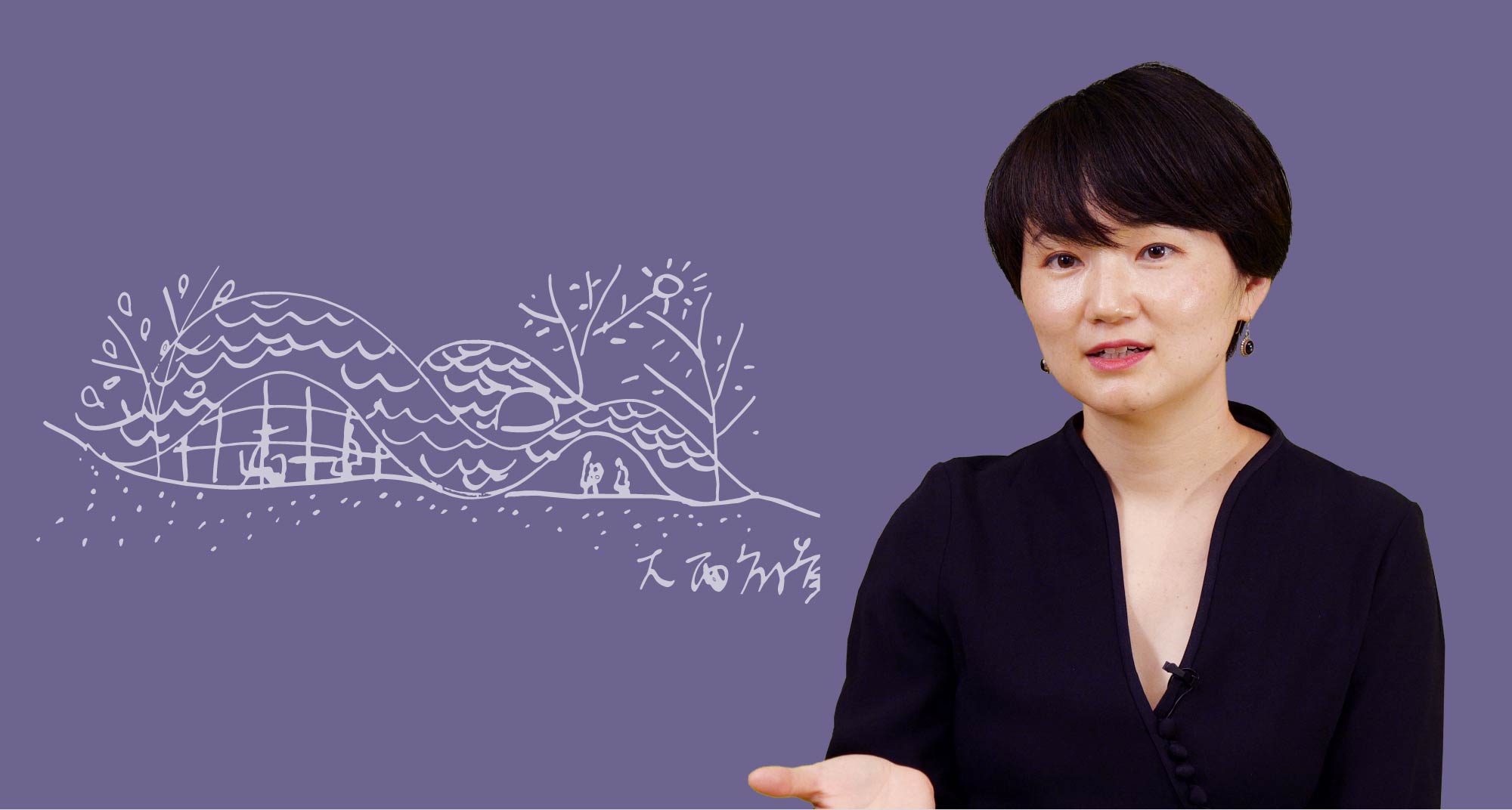
Since the advent of modern industrialization, windows have been standardized, mass-produced, and continually refined to provide higher performance and functionality. While these developments enabled the creation of airy openings freed from structural constraints, the universalization of glass curtain-wall skyscrapers, and the improvement of domestic and work environments, the free and complex forms of the handcrafted windows fashioned by premodern artisans have become ever rarer, replaced by the rectilinear injection- and extrusion-molded window systems that now define the boundaries of most architectural spaces. At YKK AP, we believe that windows can be made to be freer in material, structure, function, and design through the use of 3D printing technology. If, in the future, everyone will be able to create their ideal window designs, what kind of window would you design? In these interviews, we asked architects about the future of windows and architectural openings as well as their views on Gaudí.
Architect. Born in 1954. Having been inspired by Kenzo Tange’s Yoyogi National Gymnasium, built for the 1964 Tokyo Olympics, Kengo Kuma decided to pursue architecture at a young age, and later entered the architecture program at the University of Tokyo, where he studied under Hiroshi Hara and Yoshichika Uchida. During his graduate studies, he made a research trip across the Sahara, exploring various villages and settlements, observing a unique power and beauty. After his time as a visiting scholar at Columbia University, he established Kengo Kuma & Associates in 1990. Since then, Kengo Kuma & Associates has designed architectural works in over twenty countries and received prestigious awards. He was formerly a Professor at the University of Tokyo, where he is currently a University Professor and a Professor Emeritus.
Architect. Born in 1971. Founded Sou Fujimoto Architects in 2000 after graduating from the Faculty of Engineering at the University of Tokyo. Won first prize in international design competitions held in various European countries in 2014, 2015, 2017, and 2018, including the competition for the Second Architectural Folie of the 21st Century in Montpellier, France. Selected as the master architect of the Tsuda University Kodaira Campus Master Plan in 2019 and the winning architect for the Oita Airport Sea Access Passenger Terminal Project in 2021. Appointed as the Expo Site Design Producer for the Expo 2025 Osaka, Kansai.
Astrid Klein + Mark Dytham are both Royal College of Art graduates and established Klein Dytham architecture (KDa) in 1991. They are also co-founders of PechaKucha, the creative presentation format that is now active in over 1,200 cities globally. Representative architectural works include the Daikanyama T-Site / Tsutaya Books (2011), Ginza Place (2016), Open House (Bangkok, 2017), PokoPoko Clubhouse / Risonare Nasu (2020), Cartier Facade Osaka (2021). KDa is the recipient of the Design For Asia Grand Award 2012, 2016 and 2017. Mark and Astrid lecture at universities around the world, and Astrid is visiting lecturer at Musashino Art University and teaches at Toyo Ito’s Architectural School for Children.
Architect/meta-architect. Born in 1988. Graduated from the architecture department in the Shibaura Institute of Technology College of Engineering before majoring in digital fabrication in the X-Design program at the Keio University Graduate School of Media and Governance. Founded VUILD, an architecture tech startup that aims to democratize architecture through the use of digital technology, in 2017. Notable awards include the SD Review Selected Exhibitor (2018, 2019), Under 35 Architects Exhibition Gold Metal Prize (2019), and Good Design Gold Award for the House for Marebito (2020).
Architect. Born in 1983. Graduated from the Kyoto University Faculty of Engineering before completing a master’s degree at the University of Tokyo Graduate School of Engineering. Partner of Onishimaki + Hyakudayuki / o+h since 2008. Notable awards include the SD Review Kajima Prize (2007), Shinkenchiku Prize (2012), SD Review Asakura Prize (2012), Good Design Award Best 100 (2017), ADAN Prize Grand Prize (2018), JIA Newcomer Award (2018), AIJ Annual Architectural Design Commendation Prize (2019), and AIJ Young Architect Award for Selected Architectural Designs (2019). Visiting lecturer at Kyoto University since 2016 and visiting associate professor at the Yokohama National University Y-GSA since 2017.





